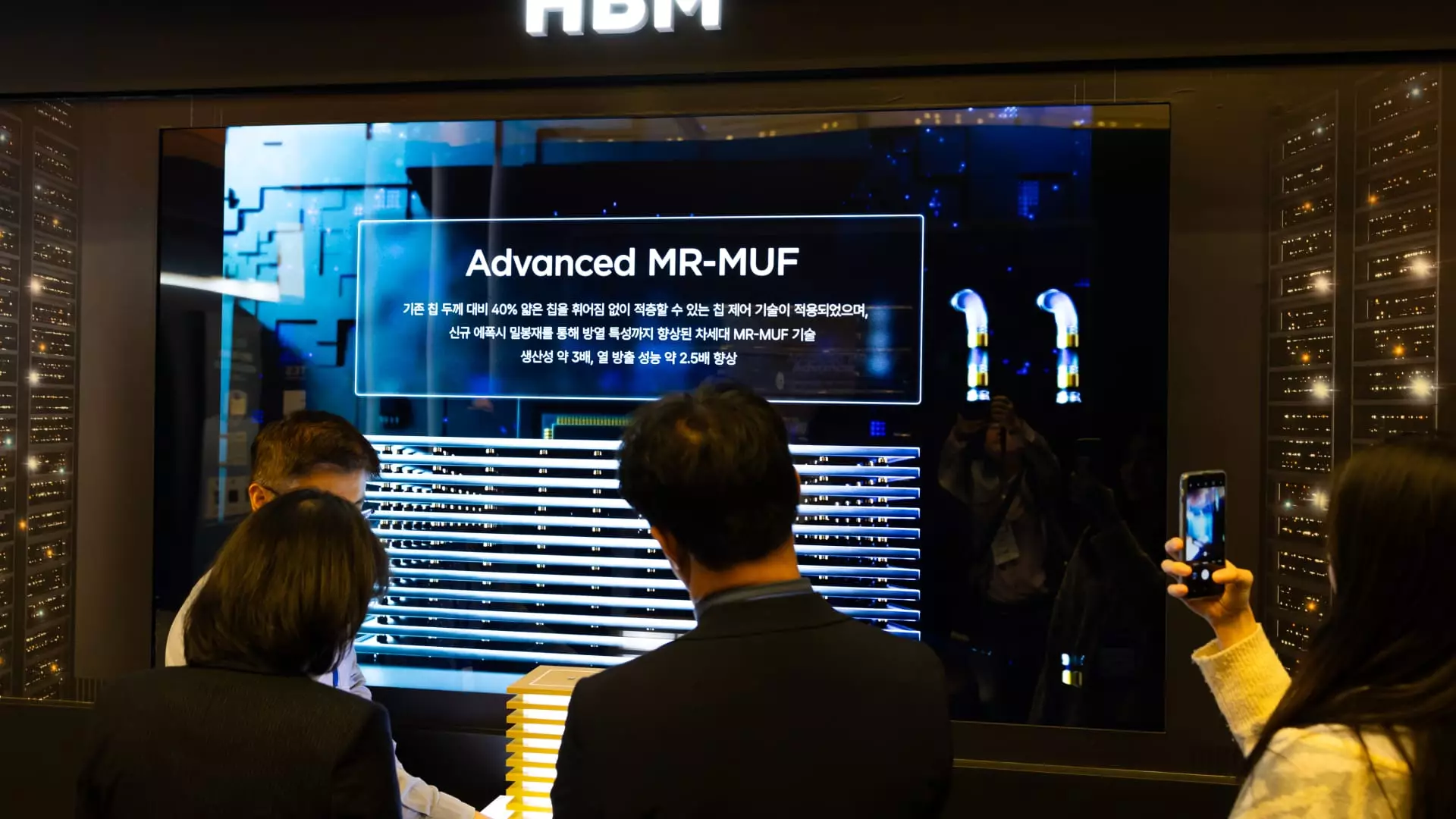The recent announcement from South Korea regarding a colossal support package of 33 trillion won (approximately $23.25 billion) for its semiconductor industry presents both a bold move and a desperate necessity amid rising geopolitical tensions and trade threats. This financial commitment comes in the face of looming tariffs from the United States—a development that highlights the vulnerabilities of South Korea’s manufacturers in the face of shifting global trade policies. With the U.S. administration under Donald Trump actively investigating the national security implications of semiconductor imports, South Korea finds itself at a pivotal crossroads.
South Korea has long been recognized as a powerhouse in the global semiconductor market, boasting industry giants like Samsung Electronics and SK Hynix. However, Trump’s recent remarks about tariffs could destabilize not just the manufacturers but the entire South Korean economy, which relies heavily on exports. This precarious situation underscores the importance of maintaining a competitive edge in semiconductor technology, especially since it constitutes a significant portion—over 20%—of South Korea’s exports.
A Substantial Yet Risky Investment
The decision to allocate more funding than was committed in the previous year is admirable, yet simultaneously fraught with risks. While a 25% increase may suggest confidence, it also raises questions about whether this level of financial support is sustainable in the long-term landscape of high-stakes global trade. The government’s plan to subsidize infrastructure—such as underground power transmission lines for semiconductor clusters—illustrates a proactive approach. However, one must consider whether these investments effectively anticipate and adapt to the rapidly changing dynamics of international relations and technological advancements.
Additionally, the promise of 20 trillion won in low-interest loans to semiconductor companies is commendable but may lead to overreliance on government assistance, ultimately stifling innovation. Forcing companies into a dependent loop could degrade the agility required in an industry that is continuously transforming. The introduction of training programs for domestic talent and global joint research initiatives are steps in the right direction, yet these efforts must be met with a commitment to cultivate home-grown innovation rather than merely reacting to external threats.
The Role of Political Dynamics
South Korea’s strategy to bolster its semiconductor sector is not only an economic maneuver but also an emblem of its political will. Acting President Han Duck-soo’s acknowledgment of potential tariff negotiations with the U.S. signals a precarious diplomatic balancing act. Navigating relations with a superpower that is assertively protective of its industries requires South Korea to position itself not solely as a supplier but as an indispensable ally in the global semiconductor ecosystem. However, there lies an inherent danger in becoming too intertwined with volatile international politics.
In times of heightened scrutiny, pursuing an aggressive domestic support strategy may reflect resilience, but it can also be perceived as a reckless gamble that may provoke further escalations from U.S. policymakers. The risk is not just in tariffs but in overall market stability and trust between trade partners. With South Korea’s ongoing dependence on semiconductors for economic growth, the government must tread carefully between fostering national pride in advancing technology and avoiding the pitfalls of heightened competition and conflict.

